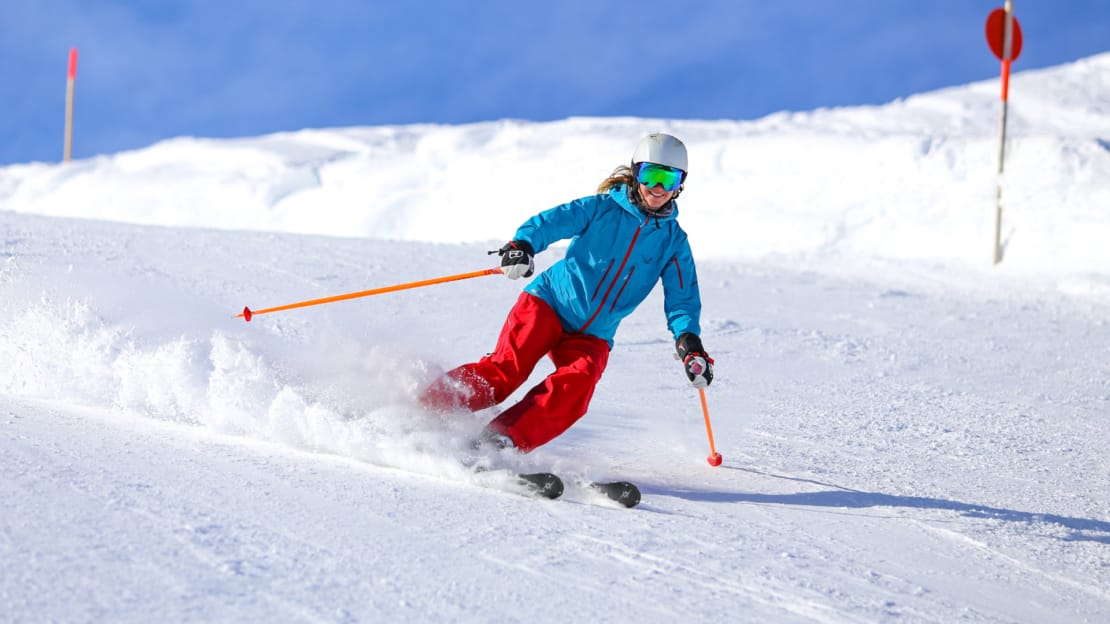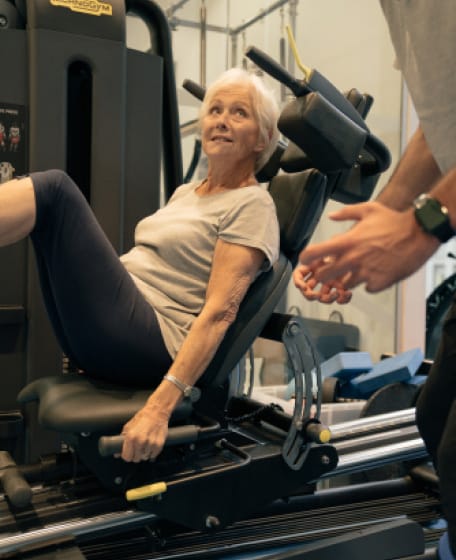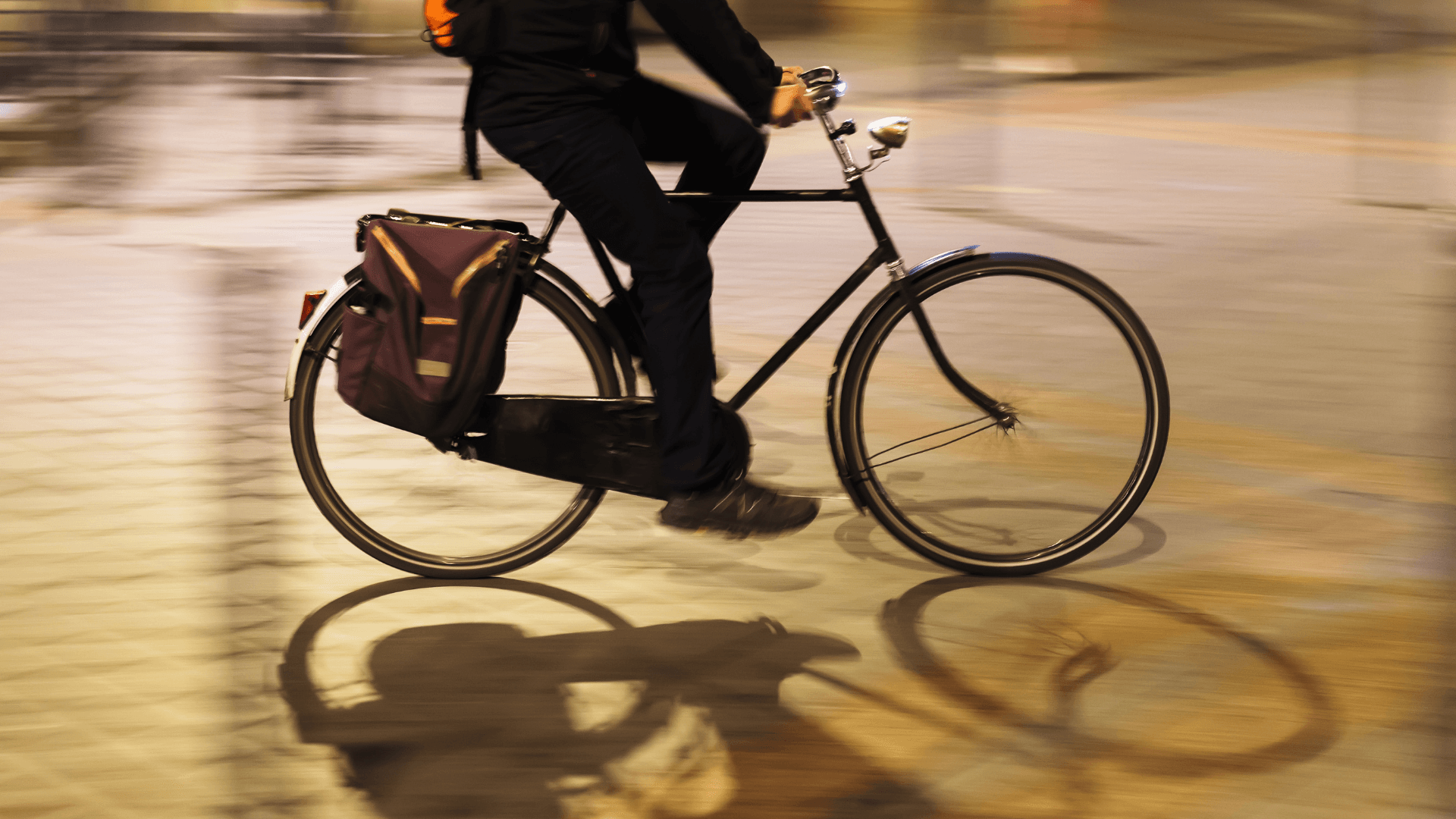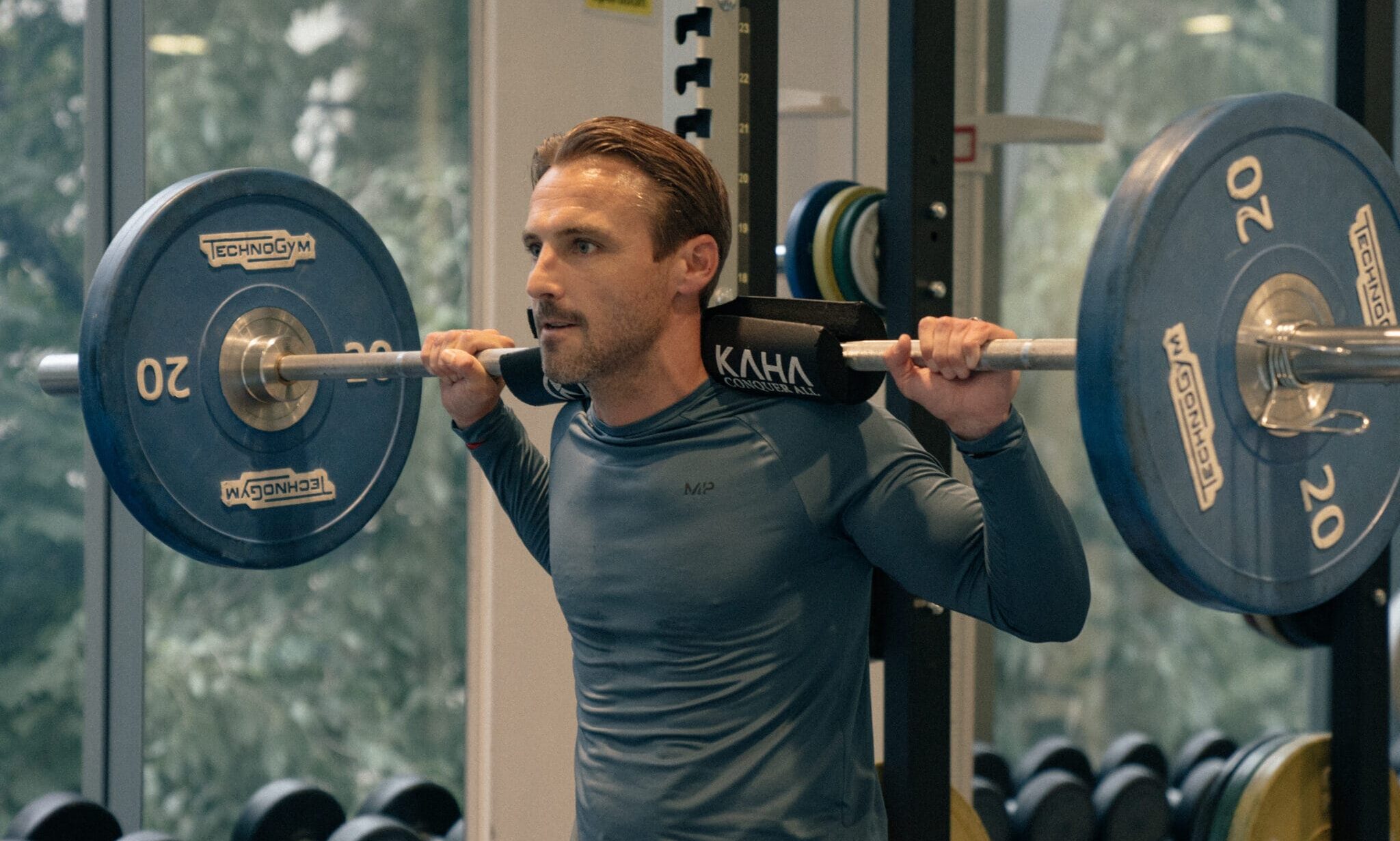Ready? Steady… Ski! How To Prepare For Your Ski Trip

Tom Ulset
Physiotherapist
- 17 December, 2024
- Winter Sports
- 6 min read
I’m never more attached to weather apps then when I’m about to go skiing, dreaming of those endless powder days. Equally obsessive monitoring of the social media posts of ski resorts boasting of their snowfall.

I’m Tom, a ski instructor and specialist physiotherapist at Pure Sports Medicine, and this time of year is when I start to see London’s skiers come through our doors.
So naturally, after reflecting over summer sports and patient populations, I start thinking about the winter season’s bulking trend and preparations for ski trips.
Why is it that we tend not to prepare for skiing in a similar way to running a marathon? After all the load demanded by the body in a weeklong ski trip is significant.
The demands of Skiing
There is a huge requirement on lower limb strength, trunk stability and rotation when skiing. This obviously depends to some degree on skill level but is arguably more arduous for beginners – simply walking around in ski boots takes some getting used too.
The learning curve, at the initial stages, is as steep as the slopes. Simply getting around, traversing, side stepping, skating and – inevitably – getting up from falling down, is physically demanding.
As a Ski instructor, I am always hesitant to include ski poles in early lessons. In fact, it’s kind of my pet hate. So many beginners are desperate to use ski poles to help ‘scoot’ themselves along the flat bits, or point at mountain scenery, or maybe even stir the glühwein? Their real purpose, of course, being to correctly time turns and for planting/pivoting during more challenging terrain.
In my opinion, they should be left back in the chalet until basic traversing skills have been developed. After all it’s easier to learn how to use just two pieces of equipment versus four. Anyway, food for thought for some beginners I hope!
More advanced skiers, who have become comfortable on groomers, which are runs that have been cleared by a massive snowcat (think wide mechanical tractor vs large feline predator) – might be looking to challenge themselves further, perhaps off piste. Again, this step up in activity will increase the demand on your musculoskeletal system so it’s important to make sure it’s up to the challenge.
Then we have the skiers who seek the rare and elusive niche that is… Telemark skiing. With this level of intense activity, your legs are guaranteed to be exhausted on day two if you haven’t done some sort of conditioning or suitable warm up.
The usual reaction is often a little too late. Your body will fast remind you that it needs to recover with the ever-loved DOMS, cramps, or (hopefully not) pain or injury.
Never has there been such a need for a steaming hot tub than the morning after the first day of skiing. Muscles you forgot existed or perhaps are hardly required in your usual day-to-day activities, remind you of their importance.
Bottom line – preparing your body is key. Consider it prehab, if you will.
Strength Training for Skiiers
So, which muscles should you train in the lead up to a ski trip?
For beginners, without question, this should be the quadriceps. With both fatigue and fear leading skiers to lean back or sit in the ‘back seat’, the quadriceps have the important job of keeping you upright.
For more advanced skiers I’m tempted to focus less on a specific muscle, but rather the type of training you want to be doing. Plyometric exercises aren’t usually first to spring to mind for skiers, but they should because they’re very relevant. Plyometric exercises help to train the body – in particular the lower limbs – to absorb the forces experienced during off piste terrain or the dreaded moguls.
You should also aim to include exercises that encourage rotational separation; separating your lower limbs to upper body/trunk. This will help to optimise your direction down the fall line, particularly in acute turning circles. The trick is to find those less commonly used rotatory muscles. One exercise I find particularly effective is a forward lunge with an upper trunk rotation, whilst holding a medium weight.
Common Skiing injuries (and what to do about them)
Of course, should you be unlucky and have a tumble then it is important to know what options you have available and make sure you get the correct diagnosis to guide your prognosis. Some of the classic winter injuries I see in clinic are:
1. Skiers thumb
Often caused by (my old arch enemy) the ski pole resulting in excessive strain on a ligament during a fall. This type of injury should generally be referred for imaging as a ‘Stener’ lesion is an issue that can often require surgery.
2. Dislocated Shoulder
A painful and common ski-related injury is a dislocated shoulder. Whether a traumatic fall/crash or simply having walked home after a delicious schnapps or two. The good news is that with appropriate management, shoulder dislocations can be effectively rehabilitated.
3. ACL
The anterior cruciate ligament is a key structure that helps to stabilise the knee during movement, specifically when changing direction. It is also my particular area of clinical interest and expertise.
Rupturing your ACL is certainly a significant injury. Maybe surprisingly, it doesn’t always occur as a result of high force trauma and actually in my experience, happens more commonly at slower speeds in skiing.
Often caused by a pivoting movement where the foot remains planted but the individual falls awkwardly. Sometimes due to fatigue, fear, deconditioning or just plain bad luck.
You might have read that athletes often need surgery following ACL injuries, but surgical intervention should be considered on a case-by-case basis. So, there’s no need to make a hasty decision abroad for surgery for this one, take some time, let the swelling settle, and then go and see either a Specialist Physiotherapist, Sport & Exercise Medicine Consultant or Orthopaedic surgeon that you trust and begin your rehabilitation journey.
Personally, I’ve started exploring the extremely well documented benefits of creatine monohydrate in an effort to get on top of a pre-existing knee injury, alongside the most important factor of all, a consistent and progressive exercise program. I’m confident the result of which will mean I can make the most of my upcoming ski trips and recover alongside some well-balanced hydration of the après variation!
Allow some practice time
If it’s been a while since your last trip then treat your legs to a practice session at one of the indoor snowdomes dotted around the country, or at a dry ski slope – although lacking in aesthetics, they can provide a great opportunity to learn the basics or find your feet again. If you can turn on some plastic bristles then by the time it comes to the real thing it will be a breeze.
It also gives you time to get familiar with equipment again such as your appropriate ‘DIN’ setting, which is how quickly your ski pops off should you fall over. That in itself will reduce your risk of experiencing an ACL injury, particularly as a beginner, and if nothing else will impress the ski tech handing out your rented gear, that you know your own.
Don’t forget to enjoy it!
It’s important to remember that there is rarely reward without a little risk.
Whilst I’ve been highlighting some of the common injuries that can occur whilst skiing, I am also passionate about sharing what people can gain from skiing; the great adventures, the sheer adrenaline rush, the crisp mountain air – there are few things, in my opinion, that can top it.
If the sound of carving at high speed, bouncing through the trees in powder or literally flying through the air in the park doesn’t take your fancy then cross-country skiing would be my next recommendation. It is slower paced and gets you out into incredible landscapes. Plus, if you’re well prepared you can stop for an indulgent packed lunch.
Either way, after an exhilarating day’s skiing you can always continue the party whether in France at après, sing karaoke all night long in Japan, or simply get ‘hygge’ back at the cabin in Scandinavia. Whether you go with family, friends, or venture on a solo trip, you’ll have a blast!
If after reading this blog you are feeling nothing but excitement for your upcoming ski trip, then I’m glad – that’s how it should be. However, if it’s also got you thinking about how best to prepare for it, then I will consider that a massive win, and my job done.
Have a fantastic winter season!
References
- The Effects of Creatine Supplementation Combined with Resistance Training on Regional Measures of Muscle Hypertrophy: A Systematic Review with Meta-Analysis
- International Society of Sports Nutrition position stand: safety and efficacy of creatine supplementation in exercise, sport, and medicine

Advice
Over the last 20+ years our experts have helped more than 100,000 patients, but we don’t stop there. We also like to share our knowledge and insight to help people lead healthier lives, and here you will find our extensive library of advice on a variety of topics to help you do the same.
OUR ADVICE HUBS See all Advice Hubs

